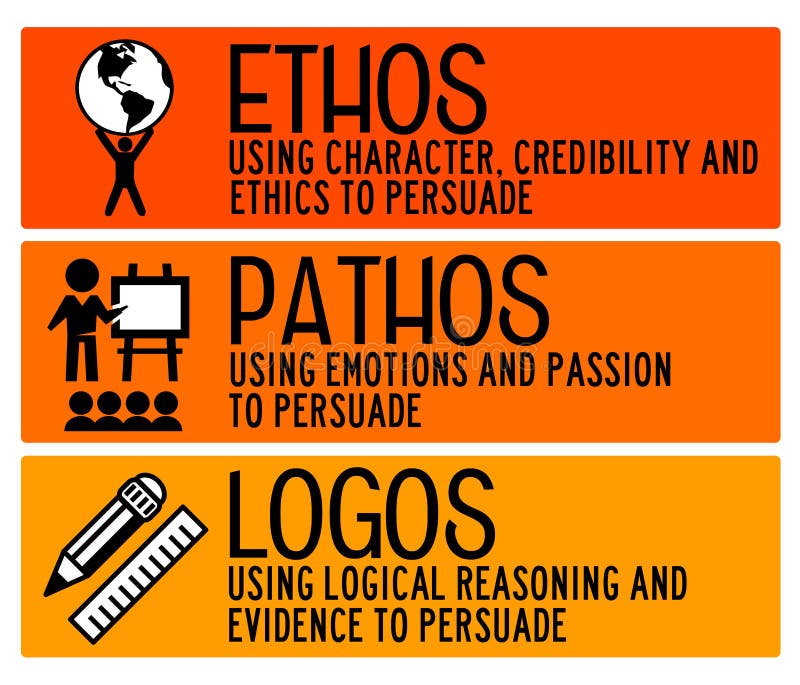Neuromarketing and persuasive communication are two fields that have become increasingly intertwined in recent years. By understanding how the brain processes information and makes decisions, marketers can create more effective messages that resonate with their target audience. While these were all known and studied for years and years, we need to take into consideration additional possibilities and implication of injecting of Machine Learning and Artificial Intelligence.
From the cybersecurity community, it is already hard to battle unethical usage of Neuromarketing and Persuasive communication mostly utilized in commercials and news blogs, but with addition of AI and ML this is becoming nearly impossible task. Malicious actors, such as state sponsored APT’s, can craft blogs, posts, social media posts or commercials fast, targeted and with specific patterns while the effectiveness of this approach is limitless.
The Intersection of Neuromarketing and Persuasive Communication
Neuromarketing and persuasive communication are complementary fields that can be used together to create more effective marketing campaigns. By understanding how the brain processes information, marketers can tailor their messages to be more persuasive and engaging.
Some of the ways in which neuromarketing can be used to enhance persuasive communication include:
Identifying emotional triggers: Neuromarketing can help identify the emotional triggers that are most likely to resonate with a particular audience.
Optimizing visual and auditory stimuli: Neuromarketing can help determine the most effective use of visual and auditory elements in marketing materials.
Measuring attention and engagement: Neuromarketing can help measure how well marketing materials are capturing and maintaining attention.

One area where these fields intersect is in the development of more effective marketing campaigns. By understanding how the brain responds to different stimuli, marketers can create messages that are more likely to resonate with consumers. AI can be used to analyze large amounts of data to identify patterns in consumer behavior, and persuasive communication techniques can be used to craft messages that are more likely to persuade consumers to take action.
Another area where these fields intersect is in the development of new products and services. By understanding how consumers make decisions, companies can develop products that are more likely to meet their needs and wants. AI can be used to analyze consumer data to identify new opportunities, and persuasive communication techniques can be used to create marketing messages that are more likely to generate interest in new products and services.
As an example, while you browse your favorite website clicking on specific post on it can trigger a few action in background. AI can recognize what you are reading, where your mouse position is and then translate it into common pattern of desires and preferences and in same time change the ad on the site according to them. AI is able also to generate a new post according the the collected data from you and include it in the suggested posts which is why many social media platform can make user browse endlessly through content injected with addition of generic contents.
However, the intersection of these fields also raises a number of ethical concerns. For example, some people are concerned that neuromarketing could be used to manipulate consumers without their knowledge or consent. Others are concerned that AI could be used to create personalized messages that are so persuasive that they could be considered manipulative. If we also consider possibilities of Large Language Model (LLM) that can be poisoned which can create biased AI intentionally or not.
Some of common attacks are: misinformation, malinformation, disinformation, info buffer overflow, fake news resulting in mood, opinion, or desire change.

It is important to note that neuromarketing, persuasive communication, and AI are still relatively new fields, and there is much that we still do not understand about how they work. However, as these fields continue to evolve, it is important to be aware of the potential risks and benefits of their intersection.

